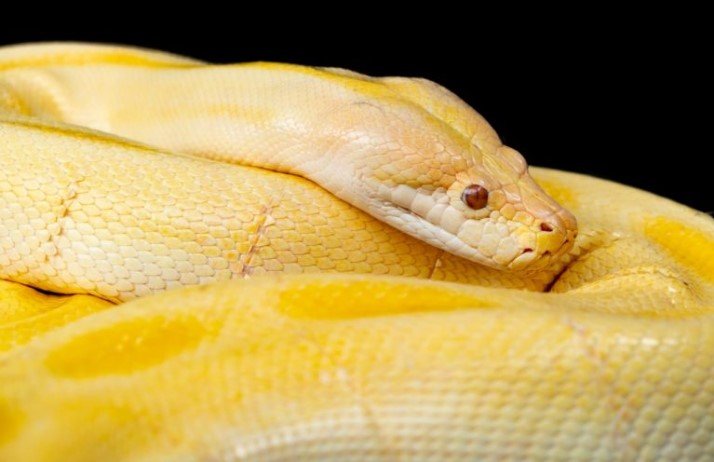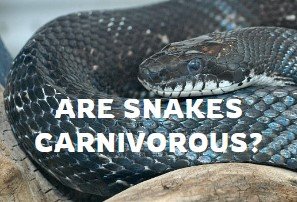The Intricate Mechanics of How Snakes Move
Introduction:
The locomotion of snakes is a marvel of nature, a captivating display of agility and adaptability that allows these remarkable reptiles to traverse a wide array of terrains. Understanding the mechanics of how snakes move unveils a fascinating world of anatomical adaptations, muscular coordination, and diverse locomotive strategies.

1. Serpentine Undulation:
The hallmark of snake movement is serpentine undulation, a mesmerizing sequence of waves that travels along the length of the snake’s body. This undulation is achieved through the coordinated contraction and relaxation of powerful muscles, propelling the snake forward with impressive fluidity.
2. Muscular Contractions and Scales:
The intricate system of muscles that runs longitudinally along a snake’s body plays a pivotal role in its movement. As these muscles contract and relax in sequence, the snake’s body flexes and straightens, creating the undulating waves. The scales covering the snake’s body interact with the surface, providing traction and minimizing slippage.
3. Surface Interaction and Friction:
Snakes exploit the friction between their scales and the ground to gain traction during movement. The scales also contribute to minimizing the contact area with the substrate, reducing sliding and enhancing the efficiency of forward propulsion.
4. Concertina Movement:
When faced with confined spaces or the need for precise navigation, snakes may employ concertina movement. This involves gripping onto the surface with sections of the body while pulling the rest forward. Concertina movement enables snakes to navigate tight spots with remarkable precision.
5. Sidewinding:
In environments with loose substrates like sand, certain snake species showcase sidewinding. Sidewinding involves lifting parts of the body off the ground and propelling the snake forward in a series of sideways loops. This adaptation minimizes body contact with the substrate, reducing friction.
6. Rectilinear Movement:
Large-bodied snakes, such as pythons, may utilize rectilinear movement. In this method, the snake extends its body in a straight line and grips the surface with its scales, propelling itself forward slowly but steadily. This method is particularly useful for navigating open spaces.
7. Climbing Adaptations:
Arboreal snakes have evolved specific adaptations for climbing. They use a modified form of concertina movement to grip onto branches and navigate through the canopy with exceptional agility. The flexibility of their bodies allows for efficient climbing and descending.
8. Efficiency in Energy Consumption:
Snake movement is notably energy-efficient. The absence of limbs reduces drag, and the undulating motion allows snakes to cover ground with minimal expenditure of energy. This efficiency is crucial for their survival, especially during hunting and exploration.
9. Body Shape and Specialization:
The body shape of a snake influences its preferred method of movement. Whether it’s the slender form for efficient undulation or the robust physique for rectilinear movement, each snake species is finely tuned to its ecological niche and habitat.
Conclusion:
In conclusion, the intricate mechanics of how snakes move are a testament to the adaptability and evolutionary success of these incredible reptiles. From serpentine undulation to specialized techniques like sidewinding and concertina movement, each method reflects the snake’s ability to thrive in diverse environments, showcasing the elegance and efficiency of their locomotive strategies.
Learn more about Do Garter Snake Bites.





Leave a Reply